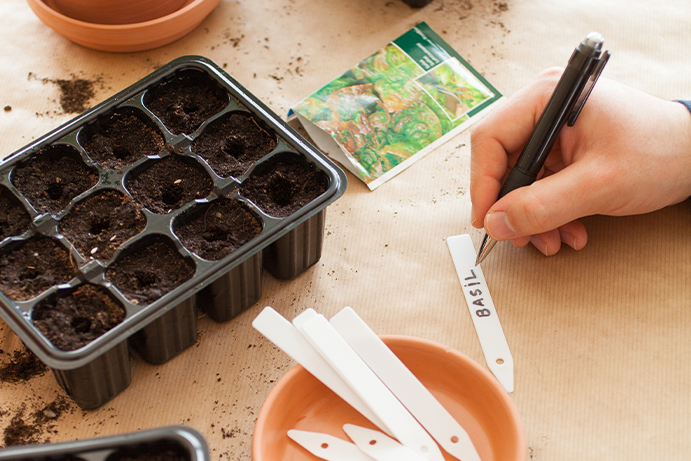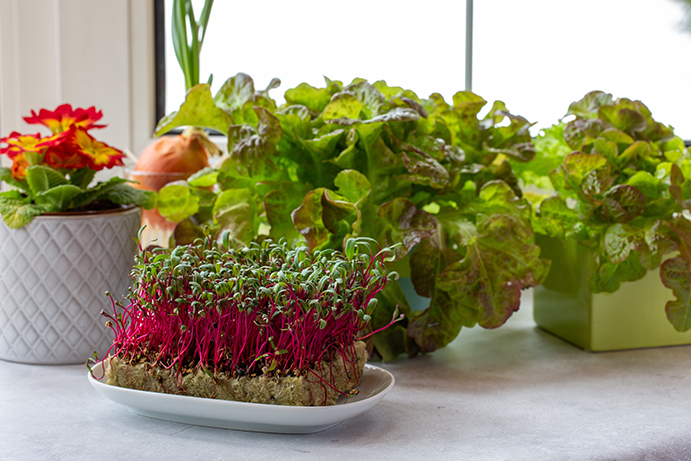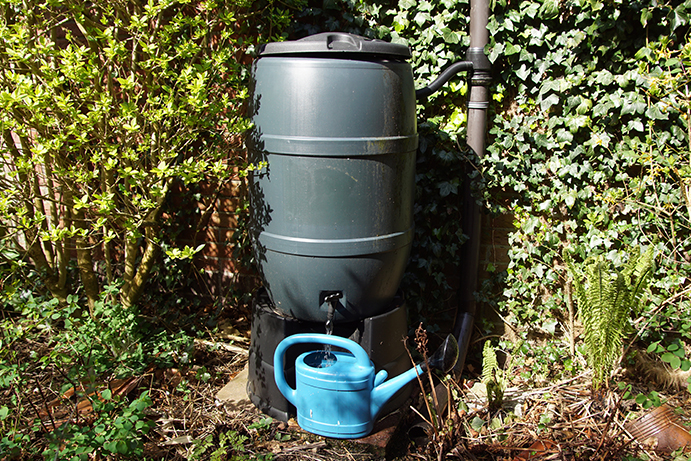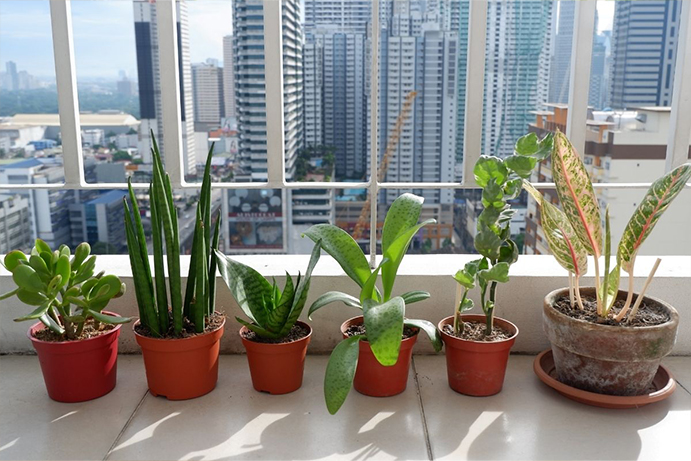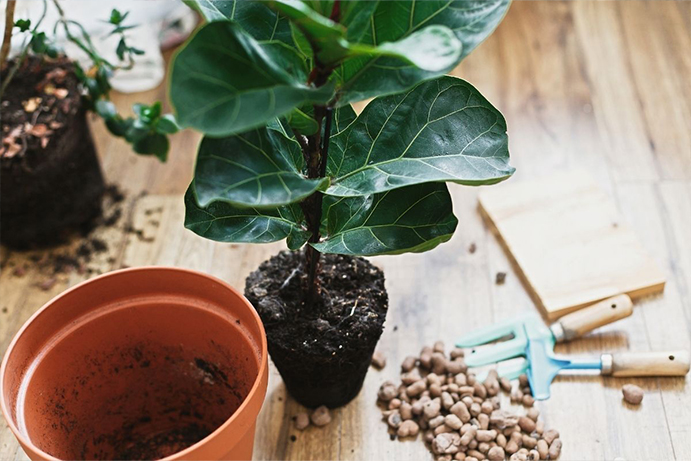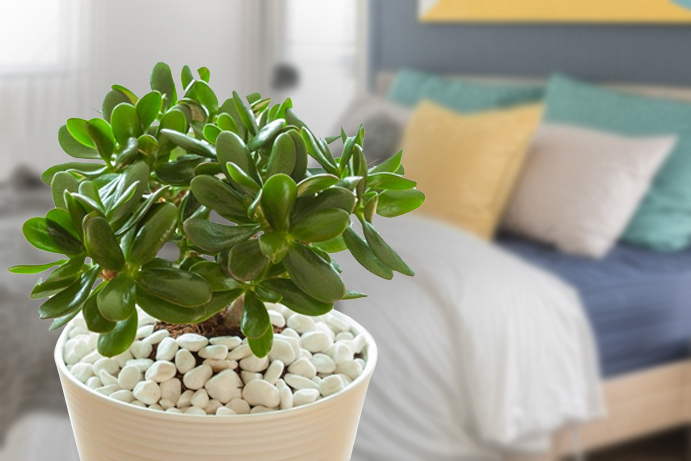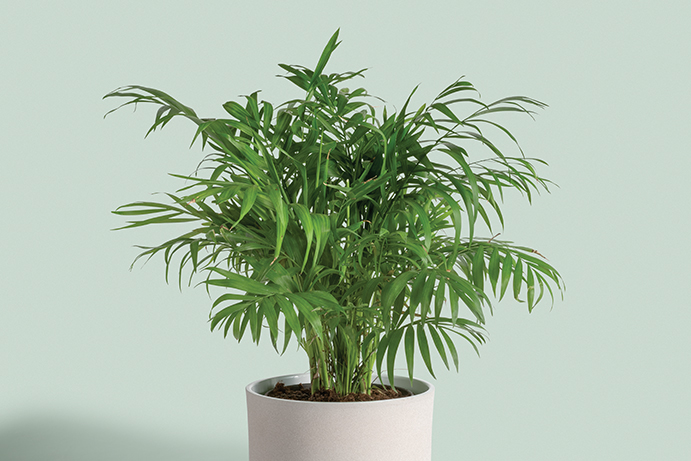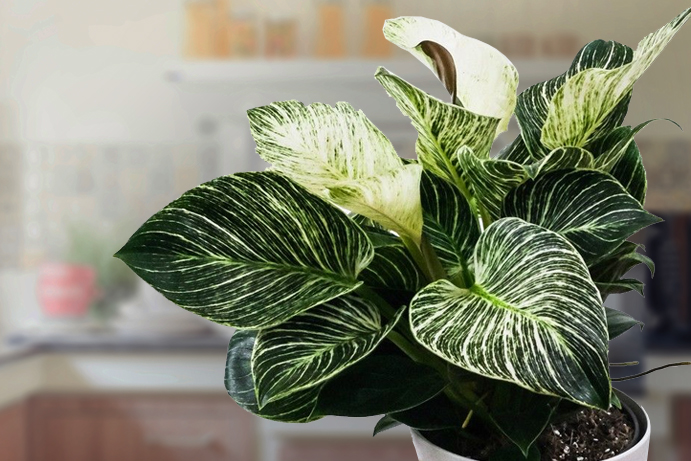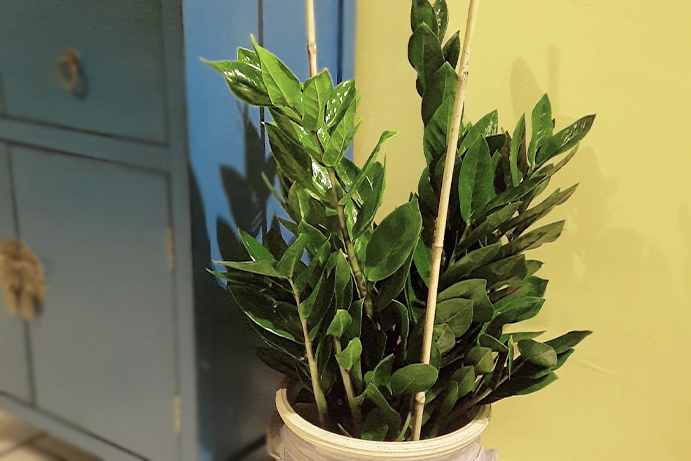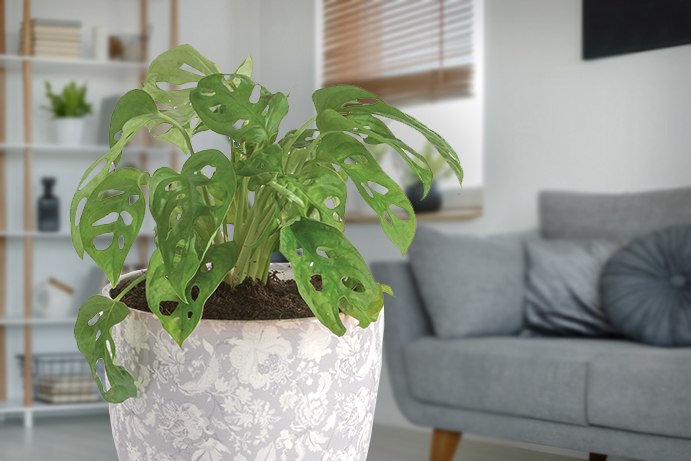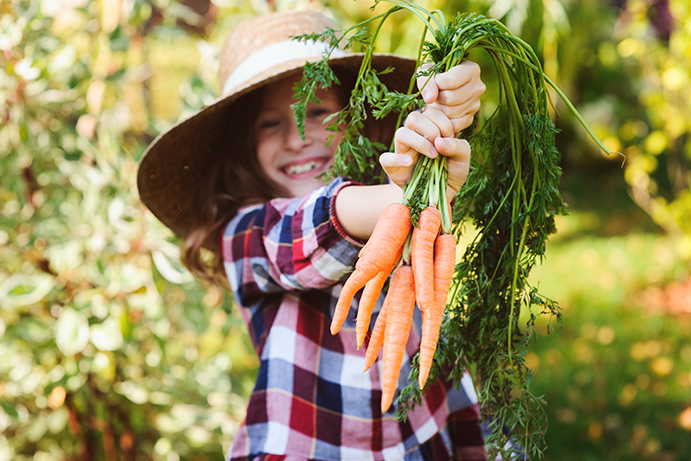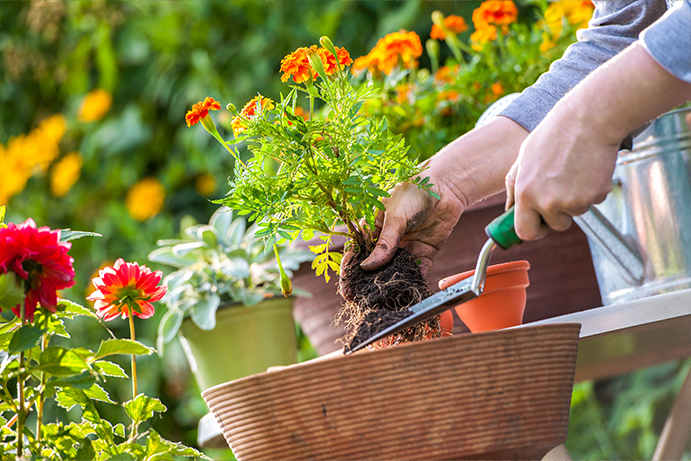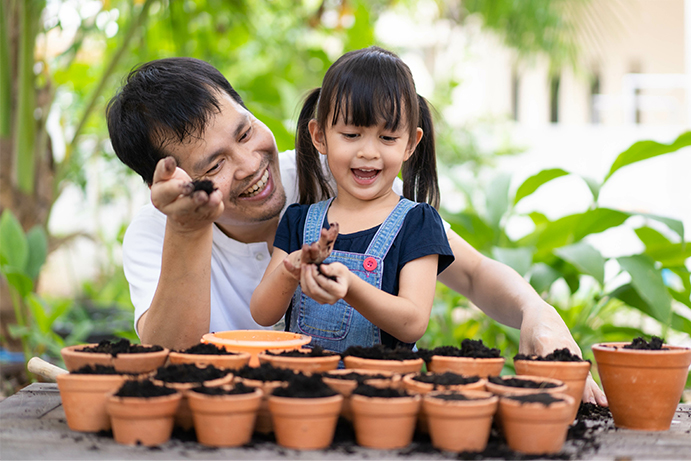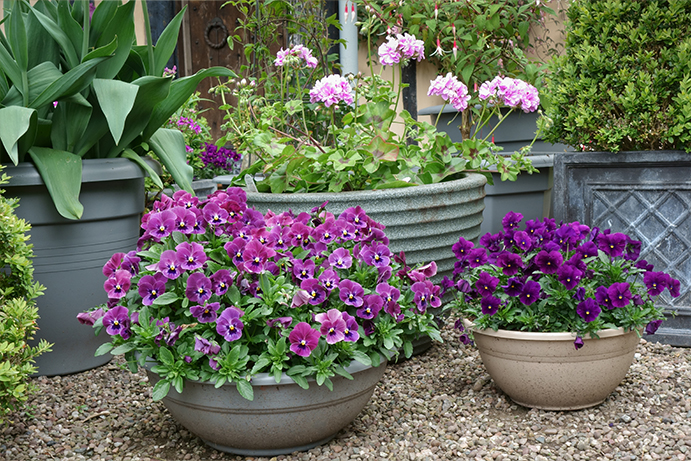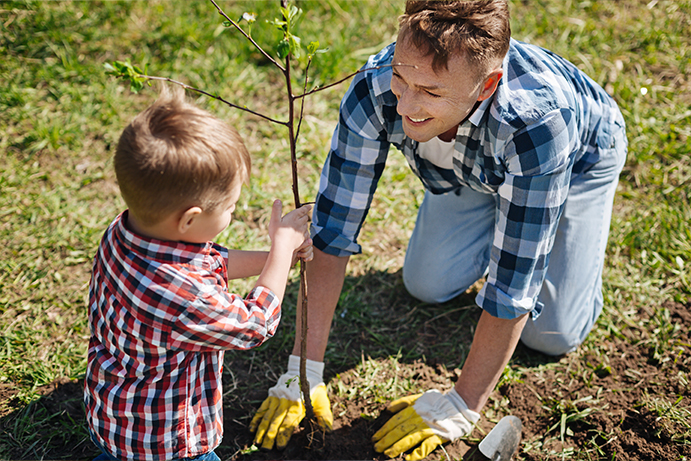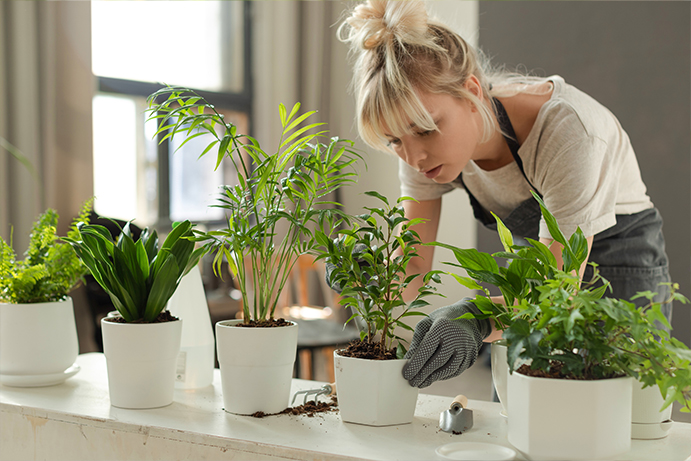Our Guide to Planting Spring Bulbs
Leave a CommentOur Guide to Planting Spring Bulbs
By Rachael – Content Editor
Published August 2022
When should you plant spring bulbs?
It might seem odd to be thinking about next year’s garden already, but spring bulbs are actually best planted in the autumn. Planting them earlier allows the roots to establish over the coming months, which encourages healthier growth.
Time to get planning
Take a moment to think about where you would like to plant your bulbs for a start. Then it’s time to consider the varieties of flowers you want to grow, and the colours.
If you need some inspiration, here are our favourite springtime flowering species:
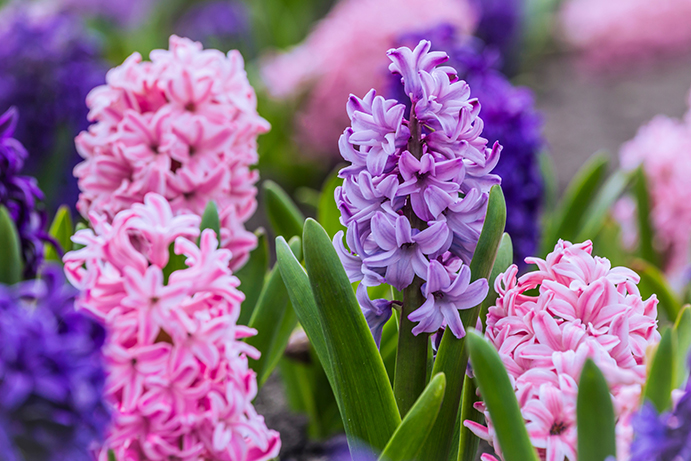
Hyacinths
One of my personal favourites, hyacinths produce the most marvellous blooms. Full of fragrance and rich in colour, they can liven up any flower bed or border. You can find varieties in a wide range of colours, and the best part – you can even grow them in pots on your windowsill.
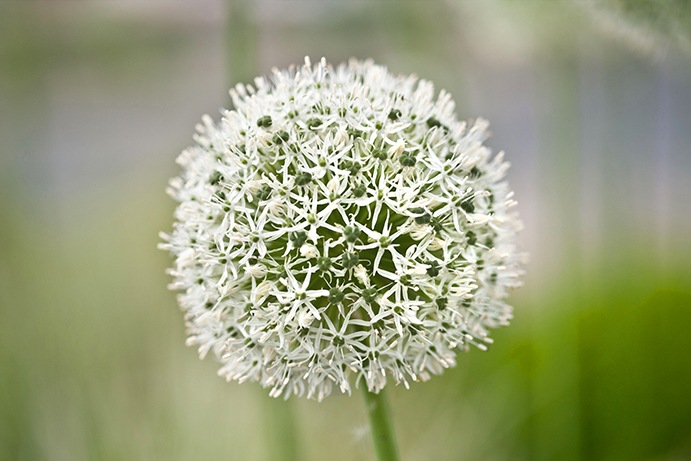
Alliums
Can you believe these beautiful buds are actually ornamental onions? With tall stems and pops of colour, usually purple, they are perfect for placing at the back of your flower beds. An eye-catching addition to any flower display, and beautiful as a cut flower for springtime bouquets.
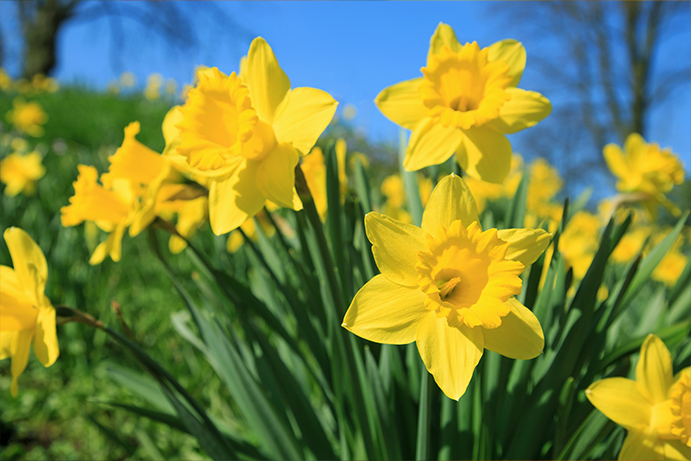
Daffodils
One of the most common signs that spring is here, is the timeless daffodil. Whilst the traditional yellow variety is always a winner, there are hundreds of varieties to choose from. You can also consider the miniature versions, which look particularly dainty and elegant in window boxes.
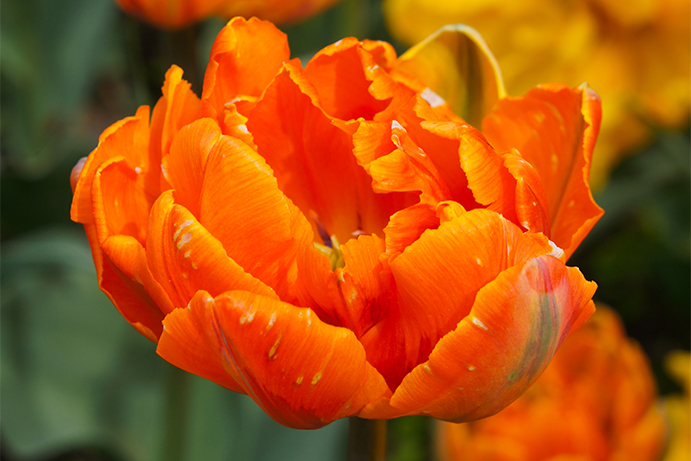
Tulips
Ranging from vibrant colours to pastel shades, there is a lot of choices available for a tulip bed. These stunning flowers are very eager to get growing, be sure to keep them cool when in storage. Tulips are best planted in mid to late autumn, and they love to be planted in groups.
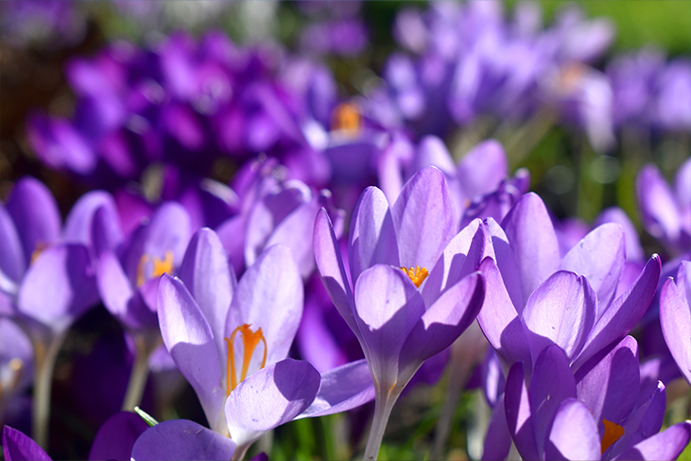
Crocus
Planting Crocus bulbs in the garden is a great way to invest in long-term blooms. They spread easily and come back year after year, reminding you that spring is on its way by adding an early pop of colour to the garden. Rich in nectar, they will provide a delicious early spring feast for pollinators.
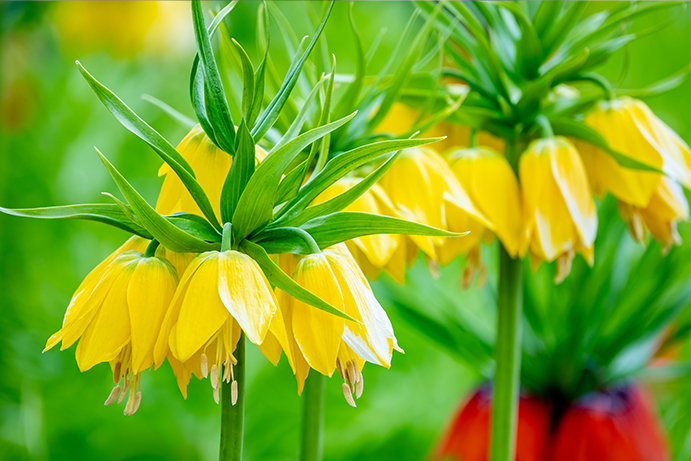
Fritillaria
Sometimes referred to with the playful name “Pineapple Lilies”, Fritillaria are perfect for adding a touch of the exotic to your garden. Ideal to plant alongside other spring flowering bulbs, they can put on a vibrant display. When purchasing your bulbs, try to seek out the largest bulbs where possible, as they will produce stronger plants.
Things to remember when planting spring flowering bulbs:
– Some species, such as Hyacinths and Tulips, will need to be planted out in the garden after their first year in a container.
– Daffodils will happily grow in containers for many years.
– If using containers, make sure to always add drainage holes to avoid water logging.
– When choosing your bulbs, find packets which state they are grown from cultivated stock.
– If growing in containers, make sure they are 30cm deep and plant the bulbs deeper than you would in the garden.
– Make sure your soil is of ample quality, it can be topped up with some nutritious compost if needed.
Pop down to your local QD store to see our current range of bulbs, we have plenty available at great value prices.
Find more advice and ideas below:
Gardening Products | Garden Advice | Back to Home
Follow us on Instagram and Facebook to stay up to date with our latest offers and products.





 Next Day Delivery
Next Day Delivery Store Finder
Store Finder Current Rewards
Current Rewards Click & Collect
Click & Collect